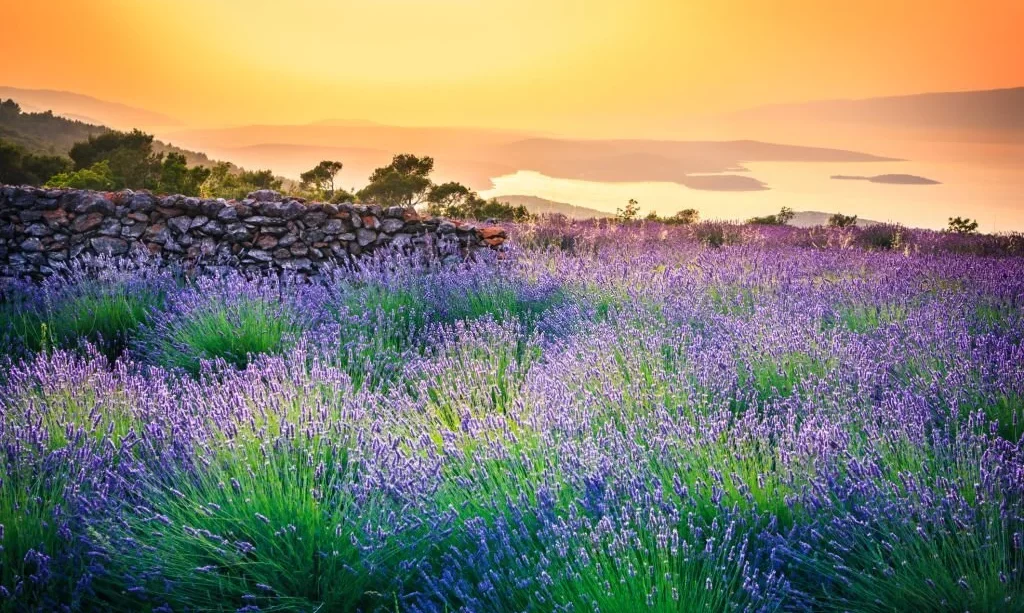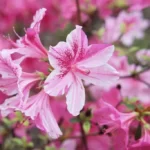Lavender trees, with their fragrant blossoms and graceful appearance, bring a touch of elegance to any garden or outdoor space. However, for these lovely trees to flourish, they need proper care and attention. In this guide, we’ll delve into the art of caring for your lavender tree, starting with the crucial step of selecting the right location. By making informed decisions from the outset, you’ll pave the way for a healthy and thriving lavender tree that will enchant your senses for years to come.
Choosing the Right Location
The journey to successful lavender tree care begins with choosing the perfect spot. Lavender thrives in full sunlight, so scout out a location in your garden or landscape that receives at least 6 to 8 hours of direct sunlight each day. Equally important is well-draining soil to prevent waterlogged roots. Your choice of location sets the stage for a vibrant and flourishing lavender tree.
Planting Your Lavender Tree
Now that you’ve found the ideal location, it’s time to plant your lavender tree. Proper planting ensures a strong start for this beautiful addition to your garden. Begin by spacing your lavender trees about 2 to 3 feet apart to allow for proper air circulation and growth. Dig a hole that’s slightly larger than the root ball, amending the soil with compost to enhance drainage. Gently place your lavender tree into the hole, backfill with soil, and water thoroughly to settle the roots in their new home.
- Fortified with phosphorus and iron
- Moisture Control protects against over- or under-watering
- Feeds up to 3 months
- Builds strong roots
- For in-ground use only
Watering Care
To keep your lavender tree healthy, you’ll need to be mindful of its watering needs. Lavender trees prefer a slightly dry environment, so it’s important not to overwater. Water deeply but infrequently, allowing the soil to dry out between watering sessions. Overly wet soil can lead to root rot, which is best avoided. By providing the right amount of moisture, you’ll help your lavender tree thrive and maintain its vitality.
Pruning and Deadheading
Pruning is an essential aspect of caring for your lavender tree. Regular trimming not only keeps your tree looking neat but also encourages bushy growth and repeat blooming. After the initial bloom, trim back the spent flowers, ensuring you snip just above a set of healthy leaves. This deadheading process promotes the emergence of new blooms. Additionally, in late winter or early spring, consider giving your lavender tree a light pruning to maintain its shape and size, which can help it stay healthy and vigorous.
- 12 MONTH PROTECTION: With just one application, kills listed insects and prevents new infestations for up to a year
- INSECT & PEST KILLER: Kills Japanese Beetles, Emerald Ash Borers, Adelgids, Leafminers, Aphids, and more
- SLOW-RELEASE FERTILIZER: Plant food and fertilizer improves the health of your trees and shrubs
- SYSTEMIC PROTECTION: Protects your potted and outdoor trees and shrubs from the roots to the stem of every leaf
- RESTRICTIONS: Not for sale in CT, CO, MD, MA, ME & VT. Not for sale, sale into, distribution, and or use in Nassau, Suffolk, Kings and Queens counties of NY.
Fertilizing Sparingly
Lavender trees aren’t demanding when it comes to feeding. They thrive in lean conditions, so it’s important not to overdo the fertilizing. Use a balanced, slow-release fertilizer sparingly in the spring, typically once a year. Excessive fertilization can lead to excessive foliage growth at the expense of vibrant blooms. Keep in mind that moderation is key when it comes to fertilizing your lavender tree, allowing it to maintain its natural charm and beauty.
Pest and Disease Management
A key part of lavender tree care involves protecting your tree from potential threats like pests and diseases. While lavender trees are generally hardy, they can still be vulnerable. Regularly inspect your trees for signs of trouble, such as aphids or fungal issues. If you detect any problems, take swift action to address them. Consider using natural remedies or pesticides only when necessary, as lavender trees are best enjoyed when grown as naturally as possible.
Harvesting Lavender
Lavender trees offer more than just visual beauty – they provide a fragrant and versatile herb. Harvesting lavender is a delightful part of caring for these trees. Wait until the lavender blooms are in full color and emit their captivating fragrance. Then, carefully snip the flower spikes. You can dry these blooms for use in sachets, culinary delights, or to enjoy the calming and aromatic benefits of lavender essential oil.
Conclusion
Caring for a lavender tree is a rewarding and sensory experience. By selecting the right location, planting with care, mastering the art of watering, pruning thoughtfully, and fertilizing sparingly, you ensure the health and beauty of your lavender tree. Vigilance against pests and diseases and the joy of harvesting fragrant lavender blooms add to the pleasures of lavender tree care. With patience and attention to detail, you’ll enjoy the elegant and aromatic presence of your lavender tree for many seasons to come.





